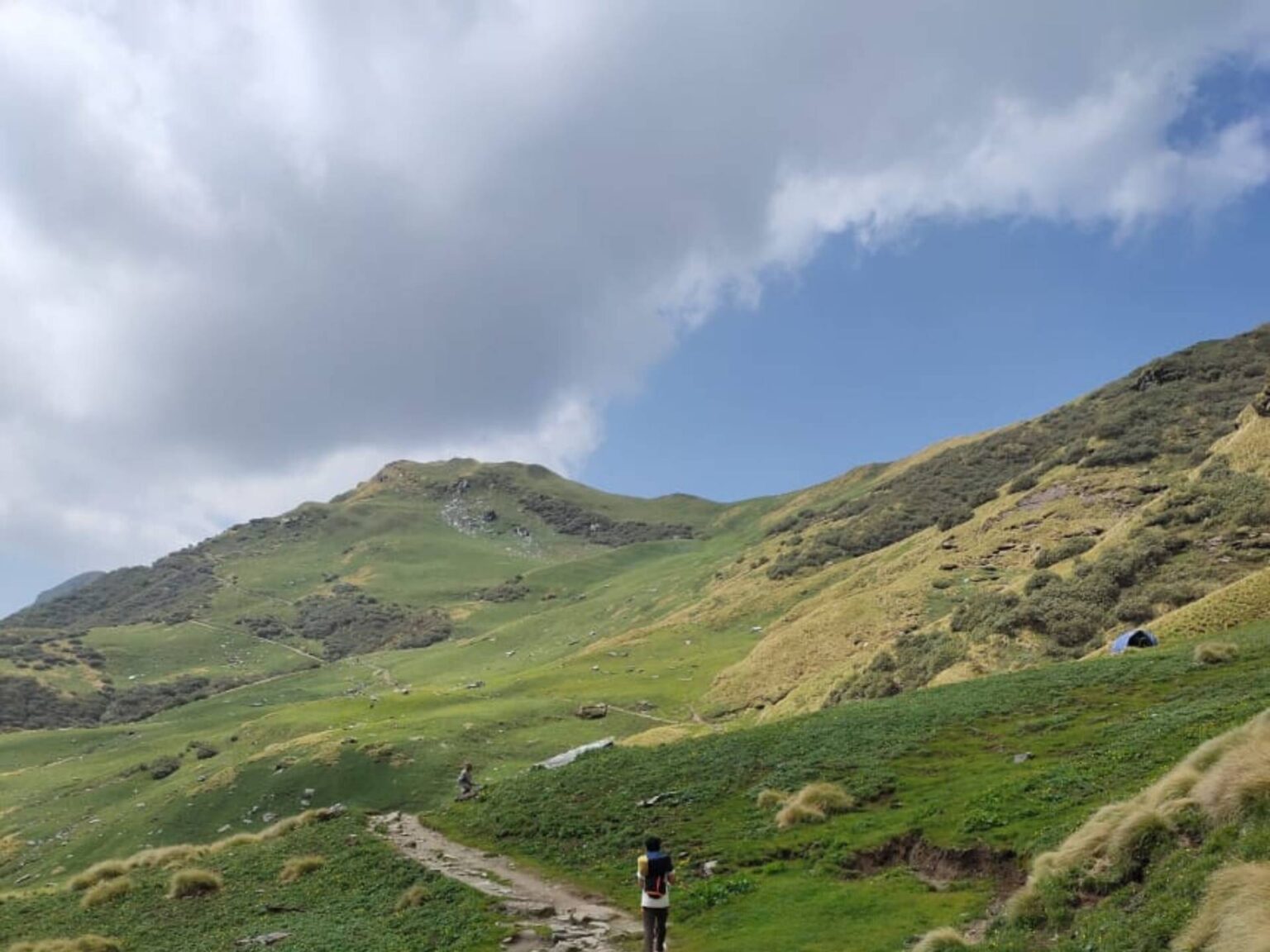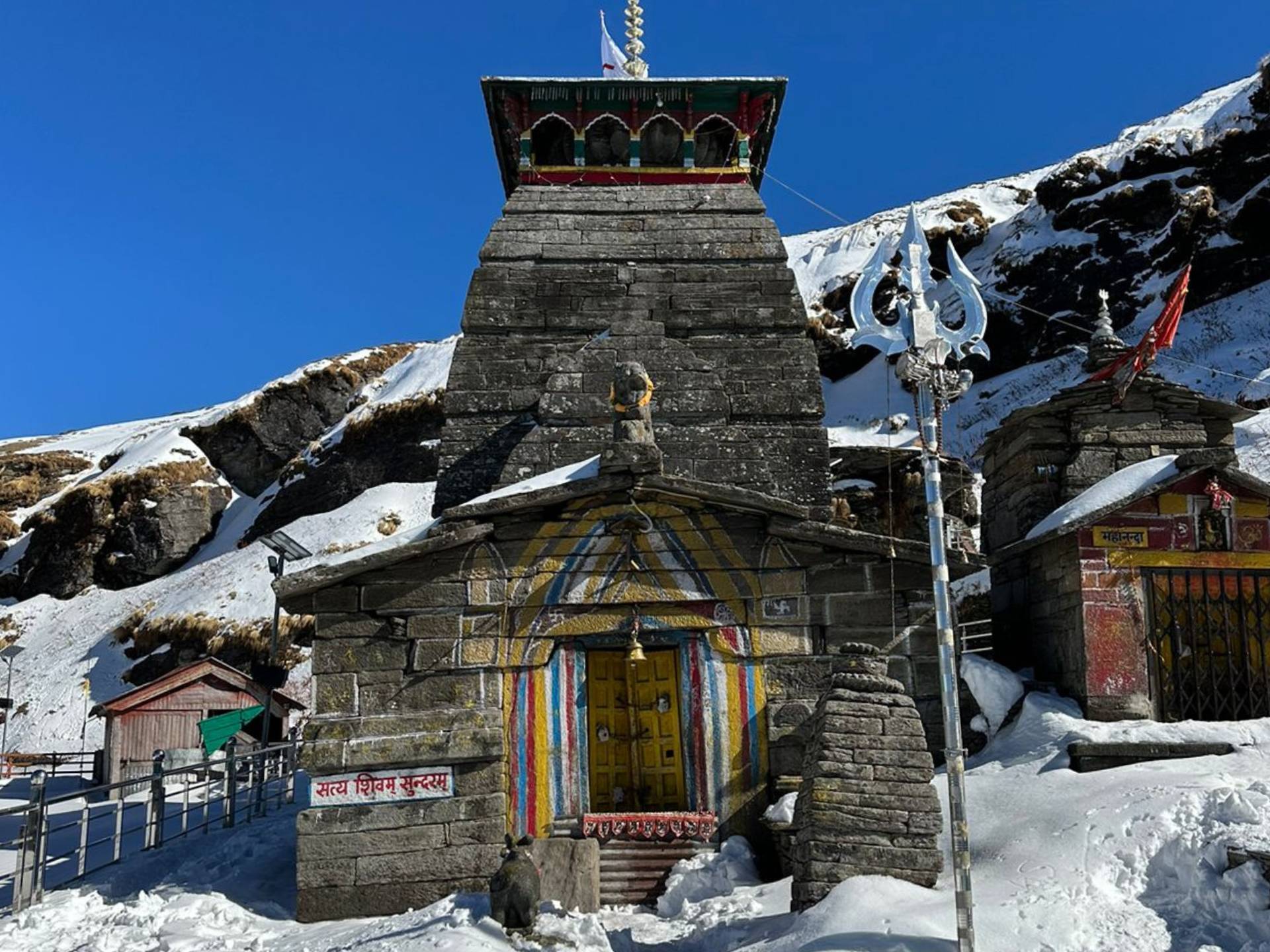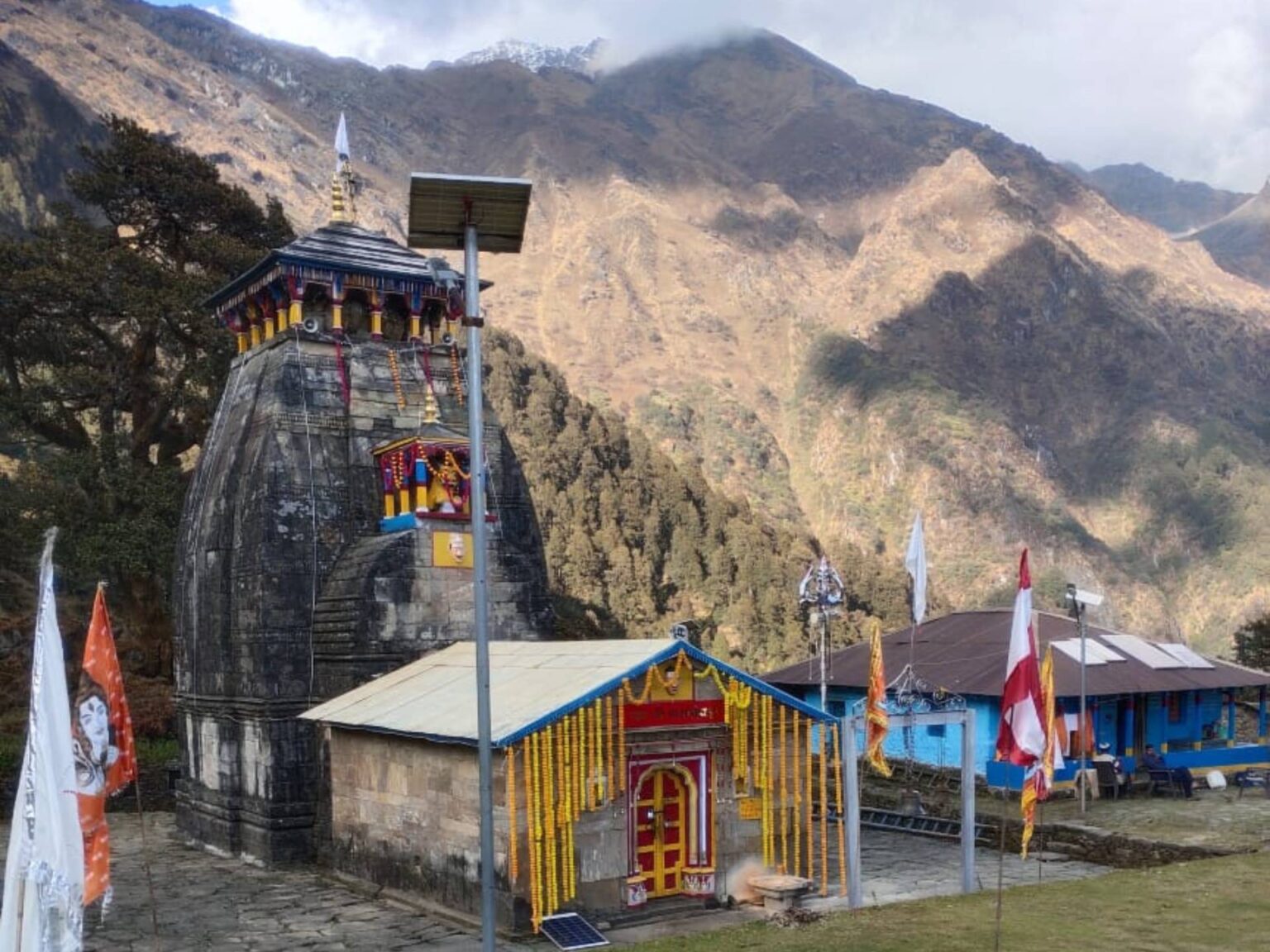My Journey Through Panch Kedar: A Life-Changing Pilgrimage

Introduction
Scattered across the majestic Garhwal Himalayas in Uttarakhand, India, lie five ancient temples dedicated to Lord Shiva. Known as Panch Kedar, these shrines—Kedarnath, Tungnath, Rudranath, Madhmaheshwar, and Kalpeshwar—hold deep mythological significance. According to legend, Lord Shiva appeared in five different forms after the Pandavas sought his blessings to atone for their sins in the Kurukshetra war.
Embarking on the Panch Kedar trek is both physically demanding and spiritually enriching. Each temple, set in remote high-altitude landscapes, offers breathtaking views and a deep sense of divinity. This journey transformed my perspective on faith, resilience, and self-discovery.
For a deeper understanding of the local spiritual culture and experiences, read: Experiencing the Spiritual Vibes of Panch Kedar with the Locals.

The Beginning of My Pilgrimage
When I decided to undertake the Panch Kedar Yatra, I felt a mix of curiosity, adventure, and spiritual calling. The mystical allure of these temples intrigued me, and I was eager to experience their significance firsthand.
The journey follows a set order: Kedarnath, Madhmaheshwar, Tungnath, Rudranath, and Kalpeshwar. Reaching these shrines required days of trekking through high-altitude terrains, dense forests, and pristine meadows. With my backpack ready, I set off with excitement and an open mind. My motivation was not just religious but also an opportunity to connect with nature and explore the rugged terrain of the Himalayas.
Kedarnath: The Hump of Shiva (3,583m)
The journey began at Kedarnath, the most famous of the five shrines. Standing at 3,583 meters, Kedarnath is one of the Char Dham pilgrimage sites. According to legend, this temple enshrines the hump of Lord Shiva, who disappeared here after being discovered by the Pandavas.
Reaching Kedarnath involved a 16 km trek from Gaurikund, but the sight of the temple against the snow-capped mountains made every step worth it. The air carried a divine energy. As I stood before the sanctum, I felt an overwhelming sense of peace. The chilling winds, the distant chants of pilgrims, and the towering peaks around the temple created an ethereal atmosphere. The temple’s history, dating back thousands of years, added to the mysticism of the place. Spending the night at Kedarnath allowed me to witness the temple illuminated under the starry sky—an experience that felt nothing short of celestial.
Madhmaheshwar: The Navel of Shiva (3,490m)

The next stop was Madhmaheshwar, where the navel of Lord Shiva is worshipped. At 3,490 meters, the trek to this temple was both exhausting and mesmerizing. Unlike Kedarnath, Madhmaheshwar sits in a secluded valley, offering a more personal spiritual experience.
The trek passed through lush meadows, flowing streams, and dense forests. As I walked through the meandering paths, I encountered small villages where locals greeted me warmly, offering insights into their traditions and stories surrounding Lord Shiva. When I arrived, the temple’s simplicity and peaceful surroundings felt timeless. The solitude allowed me to reflect and embrace the spirituality of the place. At night, the only sounds were the distant calls of Himalayan birds and the rustling of leaves, reinforcing the temple’s divine isolation.
Tungnath: The Arms of Shiva (3,680m)
Tungnath is the highest Shiva temple in the world, standing at 3,680 meters. Dedicated to the arms of Lord Shiva, this temple is part of the Chopta-Tungnath-Chandrashila trek, known for its breathtaking views of the Garhwal Himalayas.
The trail was steep but rewarding, cutting through rhododendron forests and leading to an ancient temple surrounded by mist. As I reached Tungnath, its stone structure and the surrounding silence created an aura of deep spirituality. Unlike Kedarnath and Madhmaheshwar, Tungnath had a mystical charm due to its extreme altitude and pristine environment. Climbing up to Chandrashila Peak, I witnessed a mesmerizing 360-degree panoramic view of Nanda Devi, Trishul, and Chaukhamba peaks, which made the effort worthwhile.
Rudranath: The Face of Shiva (2,286m)
The trek to Rudranath, where the face of Lord Shiva is worshipped, was the most challenging. Unlike the other temples, Rudranath sits deep in forests and meadows, making it harder to reach.
The rugged trails tested my endurance, but the views of Nanda Devi, Trishul, and Nanda Ghunti peaks made it worthwhile. Rudranath felt the most mystical, surrounded by an aura of wisdom and solitude. The temple itself is unique, nestled amidst a natural amphitheater of cliffs and rocks. Meditating here, I felt a profound connection to the universe, as if time had slowed down. Local sadhus and priests shared ancient scriptures and stories, reinforcing the spiritual gravity of the place.
Kalpeshwar: The Jata of Shiva (2,200m)

The final destination of my Panch Kedar pilgrimage was Kalpeshwar, where the jata (hair) of Lord Shiva is worshipped. Unlike the other shrines, Kalpeshwar remains open throughout the year and is the easiest to access.
Located in the Urgam Valley, the temple sits amid stunning landscapes, making it a peaceful end to my journey. The fragrance of Himalayan flora filled the air. The calmness of the temple felt like a divine embrace. Unlike the grandeur of Kedarnath or the isolation of Rudranath, Kalpeshwar had a serene and welcoming ambiance, making it the perfect place to conclude my pilgrimage. Spending time with the temple priests and learning about the legends associated with this site enriched my spiritual journey even further.
The Challenges and Rewards of the Journey
Each segment of the trek presented unique challenges. High-altitude terrain made breathing difficult at times, while unpredictable weather added to the hardships. There were moments of sheer exhaustion, where my legs felt like giving up. However, the beauty of the Himalayas, the kindness of fellow travelers, and the faith that led me here kept me moving forward.
Interacting with locals, learning about their way of life, and experiencing the warmth of the Himalayan culture was one of the most rewarding aspects of the journey. Sharing stories with fellow pilgrims and hearing their reasons for undertaking this yatra strengthened my resolve. Some were here for religious fulfillment, others for adventure, and many sought answers to life’s deeper questions—just like me.
Conclusion: A Journey That Transformed Me
Trekking through Panch Kedar was more than just a physical journey; it was a pilgrimage of the soul. Each step through these sacred landscapes brought new realizations and moments of clarity. I returned home with cherished memories and a renewed sense of devotion.
If you seek a journey that blends adventure with spirituality, the Panch Kedar trek will leave an everlasting impact.











